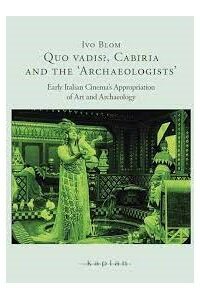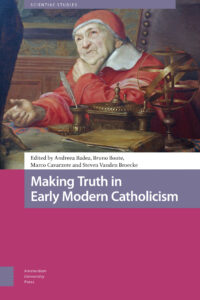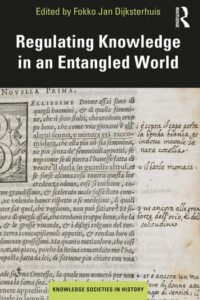In the early 1910s, Italy was world leader in cinema with its spectacular films of Roman and Carthaginian antiquity. Despite their innovations in storytelling and mise en scène, filmmakers like Guazzoni and Pastrone also looked backward to the 19th century, by appropriating not only literature and theatre, but also painting, which has been hitherto little researched. ‘Archaeologist’ painters like Gérôme, Alma-Tadema and Rochegrosse, who combined painstaking historical research with their own imagination of antiquity, thus experienced a second life in the 20th century medium of film. Thanks to the use of mechanical reproduction, their works became part of public memory and were reused by filmmakers, most evident so in two key films of the early years of Italian cinema: Quo vadis? (1913) and Cabiria (1914). Yet, particularly for Cabiria, this book also creates a new archaeological framework from which to approach early Italian epics.
Quo vadis?, Cabiria and the ‘Archaeologists’
Early Italian Cinema’s Appropriation of Art and Archaeology


